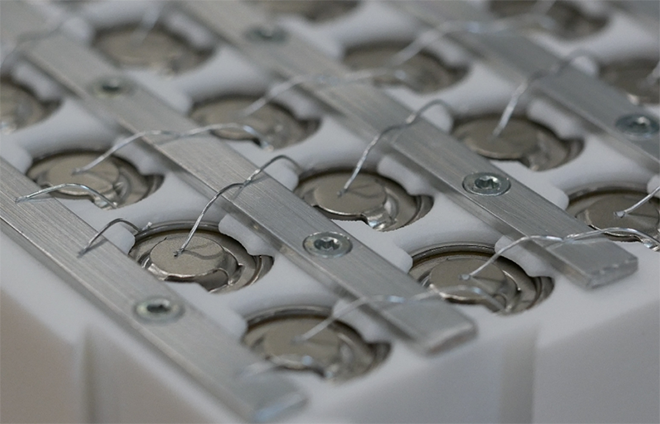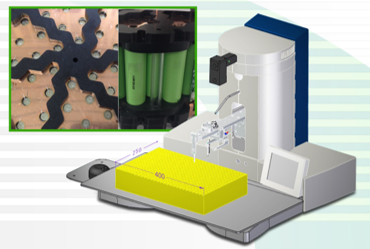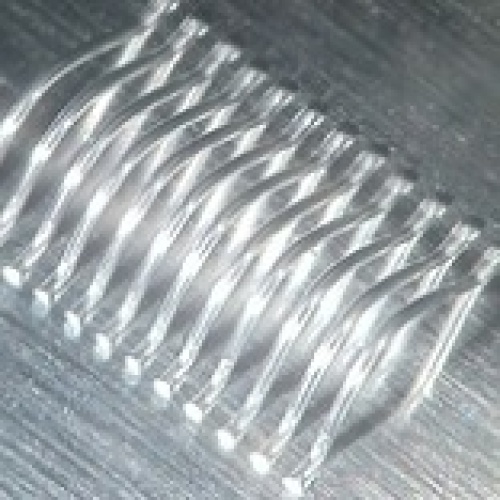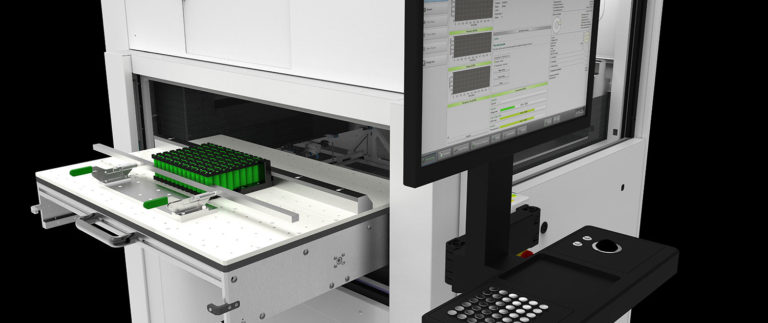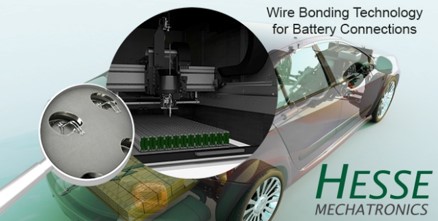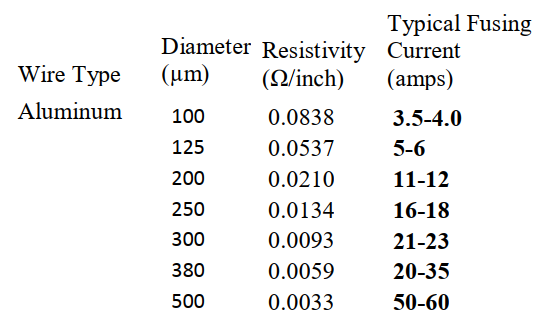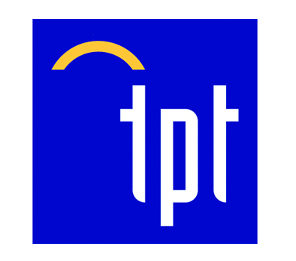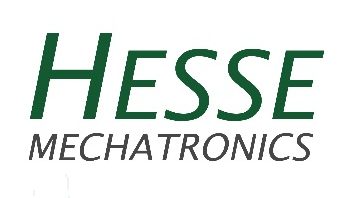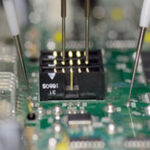Introduction Wire bonding Battery Packs
This is Technology that links battery cells in parallel to conductors using wire bonds that act as fuses in the event of an overcurrent condition in the battery. To protect the wire bonds in the case of a larger overcurrent condition, a fuse may be added in series to the parallel battery cells.
Utrasonic wirebonding is used in the production of battery packs for the following connections : cell to cell, cell to busbar, cell to PCB. Typically round battery cells type (18650, 20700 or 21700) are widely used in battery packs for EV, mobility and storage applications.
Page also available as download : Accelonix Battery Bonding information and solutions brochure![]()
How does wire bonding works?
Wire-bonding (Ultrasonic Compression bonding) is a combination of three precise controlled parameters that form the bonding: 1.Ultrasonic vibrational power 2. Downward force 3. Time
Typically during battery bonding the wire is pushed by means of a wedgetool and with a controlled force against the surface to be bonded, then the wire is vibrated at 60 kilo Hertz for 100 millisecond.



Advantages Wire bonding vs spot or laser welding.
Fusing Wires: Wire act as a fuse, if a cell fails it will be isolated from the pack and the pack will continue to function.
The pack is not destroyed by a meltdown and will be fixable, and there is no danger to life from a simple cell failure.
No Heat: Heat is dangerous for an 18650 cell. No heat is used in ultrasonic compression bonding, unlike other methods such as spot or laser welding. Only limited heat is generated by the friction which is very local and only on the outer skin of the surface.
Clean Process: Wire bonding is a clean process and generates no sparks, residue materials or other possible contaminations, so no cleanup after.
Height: Wire bonding machines are capable of bonding in height variations, the cell and bus bar can be in a different height. Next to that wire bonding machines give full control on the final loop shape design.
Testability: Wire bonds are easy to test on bond strength to ensure highest quality requirements. Unlike spotwelds, which are hard to test and notorious for contact failure over time.
Flexibility: Wire Bonds have some flexibility due to their wire loopshape and material properties , in case of a pack flex deformation they will not break. Spotwelded packs are not flexible which makes the connections easier to break.
Automation: Wire bonding allows full automation of the bonding process with CNC machines for higher efficiency, quality and decrease in the amount of manual handling.
